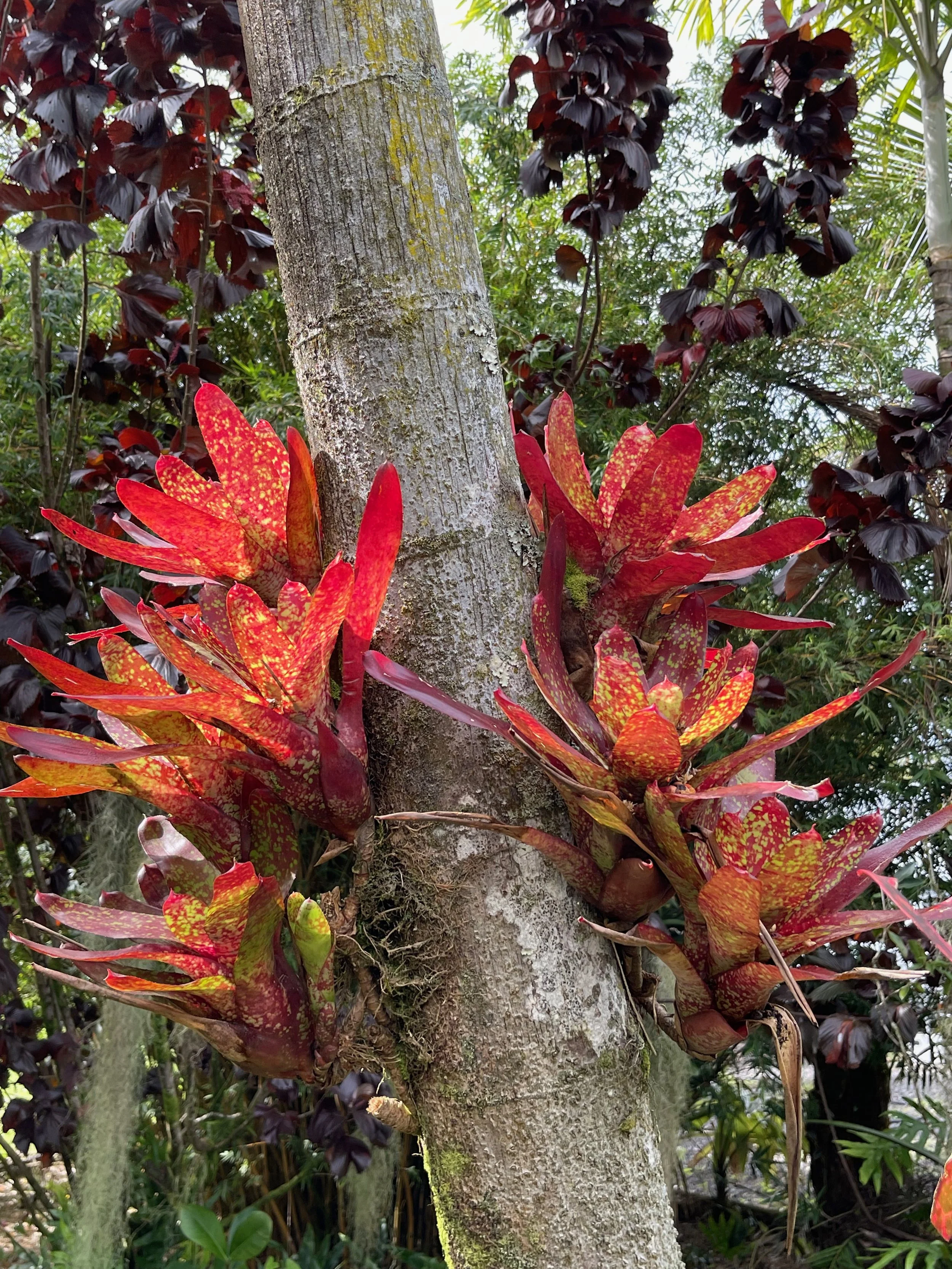Been a while, 13 years in Hawaii
Was just looking at the calendar and realizing that I moved to Hawaii 13 years ago this month, seems crazy, so much has changed since then. And while the mail order nursery has been very successful, there have been a few bumps along the way. A divorce in 2016 took a toll, but ended up changing my life for the better. Later that year I met Kerry, going strong 5 years now. Sometimes things just work out. We ended up expanding and getting the acre behind us. Much needed space for the nursery, but double the work. As I’m getting older, currently 61, I’m noticing I’m not able to work the long hard days that I used to be able to do easily. At least not without a fair amount of pain, after landscaping for 30 years it comes with the territory. Looking for life balance. Which means growing fewer plants, and taking more time off to enjoy life, more beach time, hiking, biking, kayaking and ironically gardening, something I haven’t had a lot of time to do. Started closing the nursery in the winter months due to the difficulties shipping tropicals in colder weather and the holidays. I'm thinking I may end up doing it several times a year, just as a way to catch up on inventory in the nursery, propagation, garden maintenance and just going on vacation, something I haven't done a lot up until now.
Hawaii is very different than California, things grow very quickly here. One of the things I started leaning into recently is editing and removal, which seems to be very difficult for a lot of gardeners. Sinjen my mentor was always good about removing what was unnecessary to highlight the good stuff that was left. Palms can grow very tall here quickly and become messy in the wrong location. But they grow so fast you can plant new ones that can replace the ones you removed in a short period of time. In the old days I wanted to keep as many plant taxa around as I could, now I'm starting to delete some of those from the garden and just keeping the ones that make the garden better. At this point the garden has a good canopy, and I'm looking for slower growing plants that don't require a lot of extra maintenance. Good examples are bromeliads and tillandsia along with orchids. At this point I basically evaluate how much joy the plant brings me versus how much maintenance is required keep it, and not to be afraid of getting rid of plants no longer serving its purpose. My guess is it's very similar to downsizing a home and getting rid of all the stuff we've accumulated over the years to make life simpler. I've spent most of my life acquiring more stuff, mostly plants. But it does seem as though I’m changing, maybe that's good. I'm fairly certain I'm still gonna have like a zillion plants, this may be harder than it looks.



